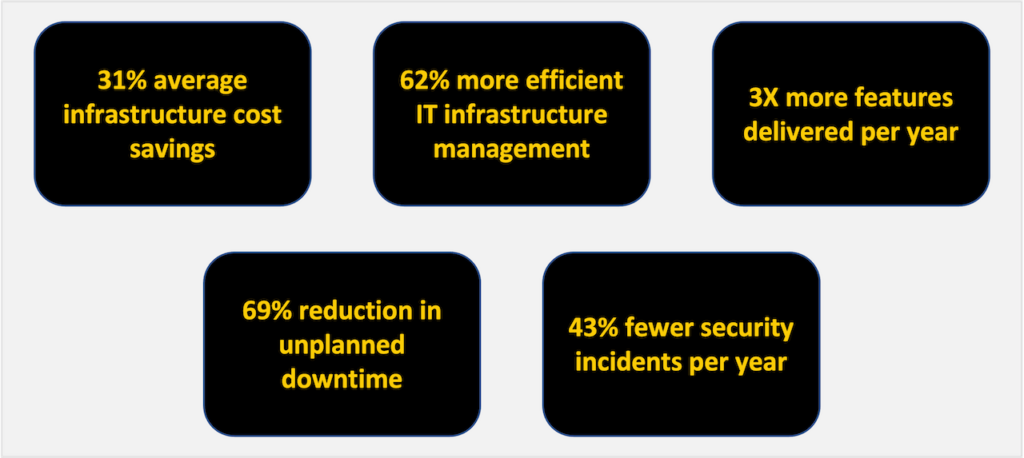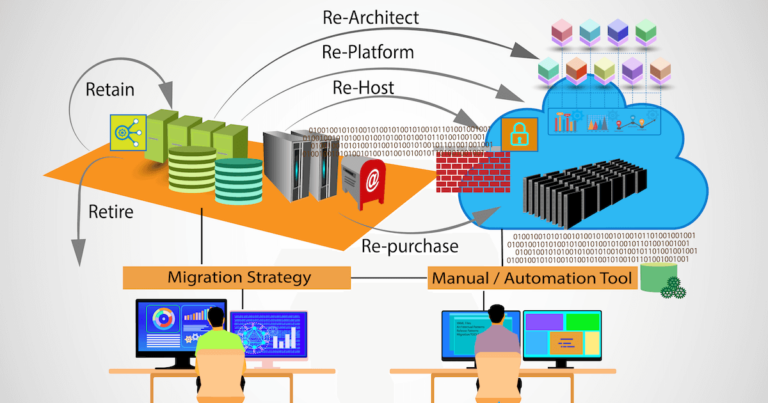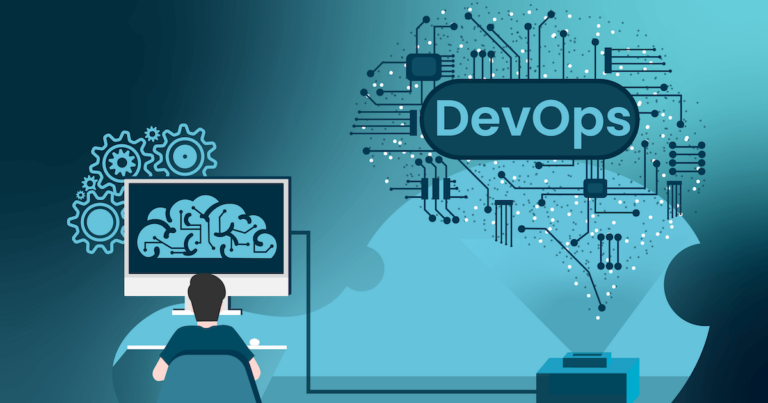Companies aim to embrace the cloud more and integrate it entirely, but they are not clear about what cloud-migration opportunities abound. However, new developments in cloud migration have sizable rewards.
Now more than ever, organizations are trying their best to adopt cloud services and consequently accelerating their digital transformation journey. Small and medium businesses, as well as enterprises, have already boosted their investments in cloud computing and migration solutions during the novel coronavirus.
The global health crisis paves the way to re-strategize disaster recovery to focus more on business continuity and high availability.
Businesses are shifting from a piece-meal approach to a more holistic approach with cloud at its core. Many companies are experiencing a transition towards cloud computing and digital transformation adoption. As a result, global cloud adoption will continue to expand rapidly.
Gartner forecasts end-user spending on public cloud services to reach $482 billion in 2022. Additionally, public cloud spending will exceed 45% of all enterprise IT spending by 2026.
Today organizations are trying their best to adopt the public cloud for optimizing the cost around managing and maintaining the infrastructure and the applications. The most extensive benefit of cloud adoption is cost savings and a versatile pricing structure that allures enterprises to embrace cloud services. The pricing model includes pay-as-you-go-service, maximum uptime, elastic IT-related capabilities, business agility, and different services such as IaaS, PaaS, SaaS that help organizations to control their costs while assuring reliable services.
Other benefits of moving to the public, private or hybrid cloud include scalability, agility, security, reliability, advanced analytics, and disaster recovery.
Following are the benefits as seen across thousands of migrations : AWS source

Evaluating Public, Hybrid and Multi-Cloud Adoption
Based on considerable market research, web-based applications include microservices, containers, DevOps, large data lakes, and warehouses used for advanced analytics and research purposes and IoTs are the primary target for public cloud migrations. Critical workloads, confidential data, and legacy applications are migrated to the Hybrid & Multi-cloud model that is the best fit for such scenarios. Businesses need to evaluate and assess the infrastructure to identify data, workloads, and applications that need to be migrated to the public cloud and those that will remain on-premises or in the private cloud.
Enterprises Seeking Cloud Migration Services
Adopting the right migration strategy has become a business necessity for each organization. With varying types of cloud services, businesses need to choose the approach that not only meets ever-changing business demands but also sustains security and compliance.
Although cloud migration steps vary by industry and by different workloads, there are some prerequisites for most migrations, such as:
- Select cloud service provider
- Estimate cost for ROI and TCO
- Evaluate security requirements and monitor performance
Any cloud migration project should be divided into distinct phases to make the migration journey successful to be a part of the digital transformation plan. There are phases such as Discovery & Assessment, POCs, Design, Cloud Migration Execution and Optimization. The blueprint in this article explains the cloud migration phases with the best practices.
1. Workload migration
Workload Migration is the process of moving a workload – typically a program or service – from one infrastructure environment to another or procedure that includes databases, backups and workloads are migrated from on-premises servers to one or more public cloud providers, from one cloud provider to another, or from the cloud back to on-premises infrastructure.
You can utilize highly scalable infrastructure by leveraging cloud services to locate workloads in diverse global regions and reduce infrastructure’s fixed cost or consider a pay-per-use cost model while taking advantage of cloud-native services provided in the current infrastructure. However, there are specific workloads considered to be appropriate for cloud migration.
- High volume workloads vary during peak hours
- Archival, backup, storage, disaster recovery, and business continuity
- Loosely coupled services – Microservices
- On-demand workloads
How does workload migration work?
To transform and migrate the workloads/part of the application rationalization process typically has six possible outcomes:
- Rehost (lift-and-shift) migrate applications “as-is” to the Cloud environment.
- Re-platform (lift-tinker-and-shift) optimize applications and transform VMs to containers and often to public cloud infrastructure.
- Re-purchase (drop-and-shop) keeps legacy applications or current versions with a cloud-native one or with a SaaS version.
- Re-factor (re-architecting) modernizes applications that are rewritten and often done with serverless, microservices architecture, containers, and DevOps (CI/CD).
- Retain: Keep applications on-premises and make them ready for future migrations.
- Retire: Eliminate the application or archive an unneeded part of the legacy applications.
What are the workload migration steps?

Example:- Upgrading the OS from windows older version (2k3- 2k8) to the latest version (2k12-2k19) , Changing Older Linux version to newer version of Linux (Redhat, Ubuntu, Fedora, Centos)
2. Data migration
Data migration is the process of transferring data from one storage system to another or computing environment. It is also an important step in the overall process of migrating on-premises IT infrastructure to a cloud computing environment. You can replace servers, storage media, or decommission data centers under your data migration strategy.
Due to its cost-effective and high-performing nature, many enterprises are moving their data and hosting their applications in the cloud. You can approach the cloud migration project depending upon the factors such as type of workload (VMs, backup, or databases), Amount of data to be migrated, and The Speed to completion. There are several options available in the market to transfer data from a local data center to the cloud, but broadly it falls under two categories-
- Online migration: Data transfers across the Internet or a private or dedicated WAN connection.
- Offline migration: Data is transferred via a storage media that is physically shipped between its data center and the target cloud storage location.
What are the Data migration steps?

Example:- Changing the OS or DB engine – Upgrading from Oracle 8 to Oracle 11G – Migration from MS SQL to MySQL, Amazon Aurora, RDS, Redshift – Oracle Exadata to S3, Redshift, RDS
3. Application migration
There are multiple ways to migrate an application from on-premises to the public cloud. The applications should be migrated based on the planned architecture and adopted strategy.
- Lift and Shift of application workloads should be performed from the source environment to the target environment that may need minimal changes in the public cloud. For e.g., VMs running along with packaged software, Ad hoc, test & Dev environments.
- Re-architecting the applications for changing the platform as part of cloud migration and cost optimization. For e.g., upgrade applications to the latest release, reimage complete application architecture while using cloud-native tools for high performance, and scalability and migrate from existing licenses to SaaS model.
- Decommission the applications found during the initial phase of cloud migration and are not needed anymore. For e.g., Microsoft Exchange 2013 to O365 and upgrade from traditional tracking tool to Service now.
Summary
Public cloud brings many benefits to the enterprises along with best security practices for keeping all systems and applications up to date with 100 % compliant vulnerability management. Organizations should follow a phase-driven cloud migration strategy to accelerate their growth and automate the processes in the cloud. They must consider what kind of data, applications, and other workloads are to be migrated to the public cloud without facing any business disruptions.
Why Successive Technologies?
Migrate securely on your own business needs-
- Optimize your cost and migrate with confidence
- Bring security and resiliency across multi/hybrid environments
- Scale your data and applications on-demand
- Define roadmap & strategy to get a full visibility of your applications, data and infrastructure




